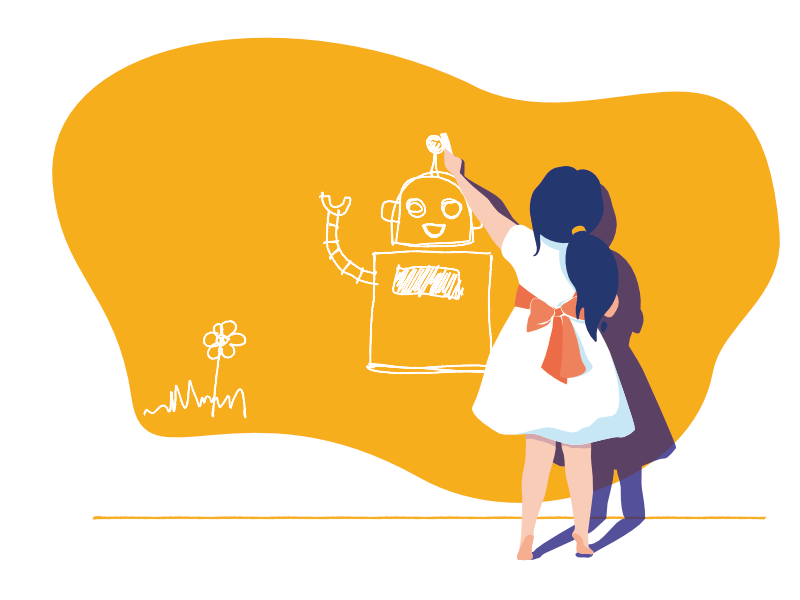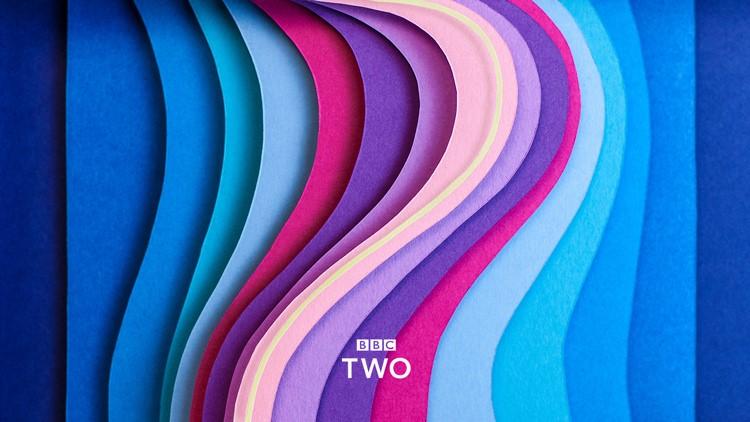Brief Insights to Graphic Design Technology Trends 2019
Brief Insights to Graphic Design Technology Trends 2019 The article provides a brief review of some of the biggest technology trends that we can see in the graphic design industry today or perhaps in the near future.
Just like other industries, the graphic design industry observes its share of new trends and innovations from time to time. These have gained momentum over the past few years as brands have started to realize the merit of social media marketing, blogging, guest posting, etc. all of which require high-quality visuals. The article provides a brief review of some of the biggest technology trends that we can see in the graphic design industry today or perhaps in the near future.

Artificial Intelligence
There is no denying that artificial intelligence or AI has become one of the fastest-growing technologies of today’s generation. However, most people believe that it’s going to influence only those tasks and jobs that are mechanical or repetitive in nature viz. accounting, supply chain management, etc. That is not exactly true, as AI is also venturing into creative domains like graphic design. In fact, it’s now possible to create a logo with AI as there are many online tools and apps that come packed with massive repositories of fonts, icons, and colors and use advanced algorithms that can create the perfect combinations of these assets to design unique logos.
The idea of AI in graphic design can be scary for professionals and remote designers who are making a living by creating designs in the traditional way. However, they have nothing to be afraid of as these tools won’t replace them altogether but only support them in their jobs and facilitate the design processes.
Futuristic Patterns
Futuristic visuals and designs are becoming more and more common in the marketing and branding industry today. You can check out any 10 popular advertisements today, and you will see that at least a few of them will demonstrate a product or idea with visuals that are too advanced for our generation. But that’s the whole point, and it’s intentional- to attract the users with the promise of tomorrow’s technology.

An excellent example to make a case for futuristic designs is BBC Two. You can look at the new design to see how beautiful and modern it looks. The previous design that was used by the company is shared below.

It doesn’t take long for one to decide which design is more trendy. Although at this point it can’t be said how long this new trend about ultra-modern designs will last, it’s for sure not going anywhere soon. So, it doesn’t matter whether you are creating designs that use negative space or gradients, you want to consider the “futuristic elements” when you get to work.
Shiny Textures

For years, graphics designers have been using shiny or metallic textures for different kinds of products to showcase a “high-end” attribute and character. The key is focusing on the metallic effect in a way that the overall design is minimalistic, and only brand fundamentals are highlighted.
One of the most common materials that’s used by designers in their products is gold, probably because it looks luxurious and prevents the product from looking tacky. Another great way to incorporate metallic textures in designs is to put them as engravings over other base products, preferably those that are non-metallic.
Sensory Designs
If you have been paying attention to the advancements in the design industry, then you must have realized that design has started to venture into the sensory domain. In other words, you can find it interfering with our interactions with smell or taste.
A good example of human senses merging with design and advertisement is the digital smell technology that allows dating app users to potentially evoke 10 kinds of virtual smells, including minty, woody, and fruity. The technology of odor transmission was discussed with newsgroup NBC News, and it shed light on how it could offer a complete package, i.e., an integrated virtual reality or augmented reality.
Experiments on “electric smell” were conducted in Malaysia in which the researchers inserted electrodes in the nostrils to delivery weak electric currents where neurons that send odor signals to the brain were triggered. They were able to evoke 10 kinds of virtual odors. Although the technology is far from seeing commercial applications, industry stakeholders see massive potential in it and think it can be used in modern advertisements and entertainment areas like movies, dating apps, video games, etc.
Final Words
It’s not easy to come up with accurate predictions for graphic design’s future. However, one can certainly take comfort in the fact that changes are coming, and most of these changes are good. What’s important for the professionals, though, is that they learn about these changes and trends so that they can adapt accordingly.
About the author: that’s the guest post by Prashant Sharma
You may also like to review 19 hot UI design trends in 2019, a color glossary for designers, and a pack of case studies showing how shape and color work in logo design
- English
- Ukrainian



